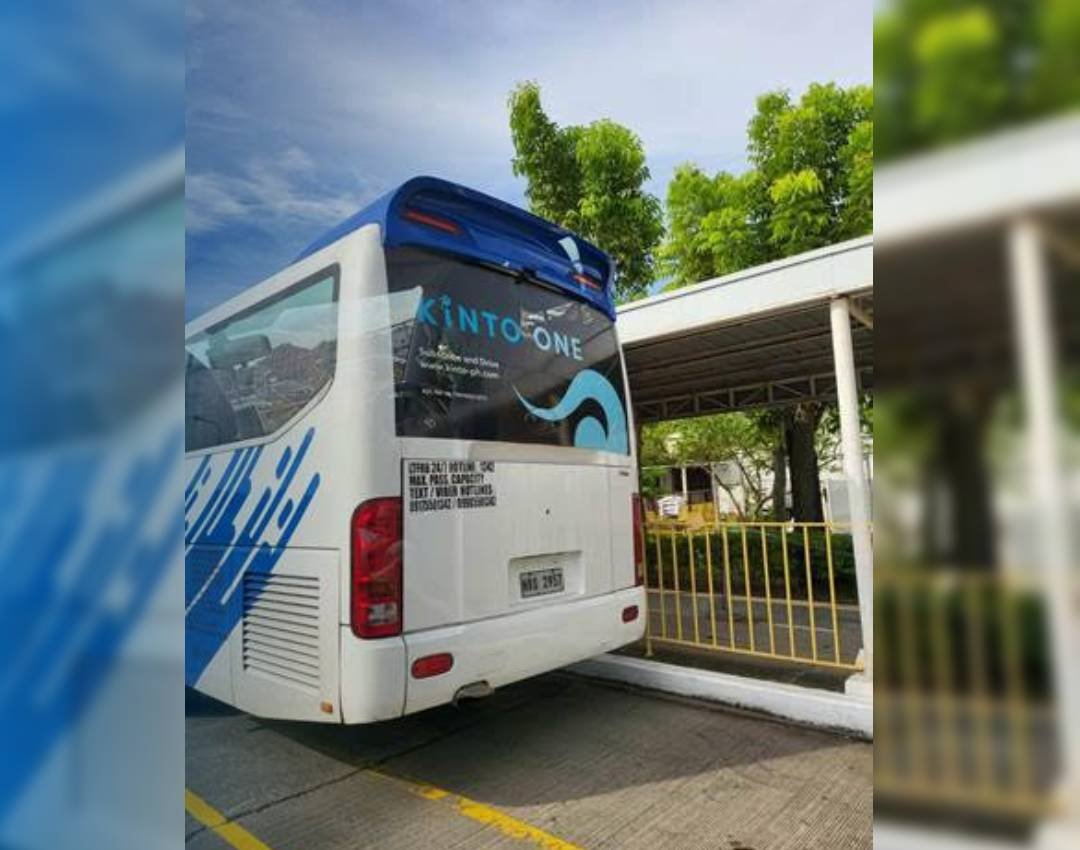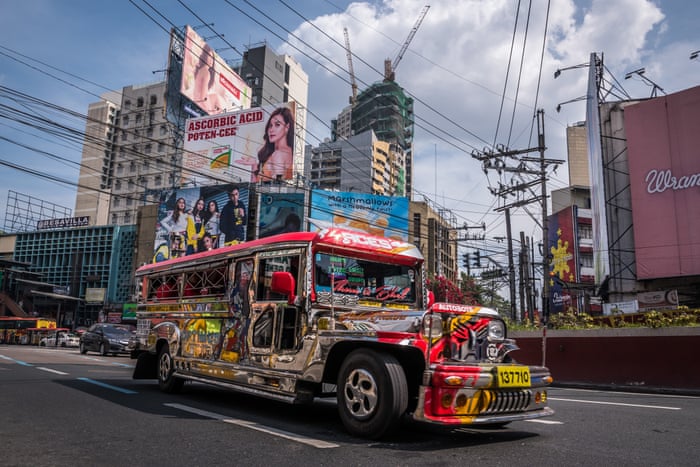Boost Your Service with Transit Advertising Philippines
Boost Your Service with Transit Advertising Philippines
Blog Article
Comprehending the Role of Transportation Advertising And Marketing in Enhancing Brand Exposure and Consumer Engagement
Transportation advertising and marketing has actually become a critical element in the marketing landscape, offering distinct chances for brands to boost their visibility and involve customers properly. With the ability to get to a diverse and restricted target market during their everyday commutes, these advertising methods are not merely concerning visibility; they have to do with producing purposeful connections with potential clients. As we discover the multifaceted benefits and cutting-edge approaches within transit advertising, it comes to be important to take into consideration exactly how these aspects collectively affect customer assumption and actions, increasing concerns concerning their long-lasting effect on brand name commitment.
Definition of Transit Advertising
Transportation marketing describes the technique of advertising items, solutions, or brands via promotions put around mass transit systems. This form of advertising encompasses a variety of positionings, consisting of posters on trains and buses, digital displays at transit terminals, and wraps on the outside of lorries. It aims to get to a varied audience, utilizing on the high foot traffic related to public transit.
Transit advertising and marketing is purposefully placed to catch the focus of commuters, who commonly invest considerable time traveling or waiting. By incorporating ads into the everyday regimens of people, brands can create a lasting impression and foster brand name recognition. The medium is particularly effective in city environments, where public transport is a key setting of traveling.
Additionally, transportation marketing can promote localized targeting, allowing organizations to get to certain demographics based upon transit courses and terminal places. As city populations grow and using public transport increases, this advertising approach has acquired prominence as a crucial component of integrated advertising methods. The vibrant nature of transportation advertising and marketing, combined with its capability to engage customers in a captive atmosphere, highlights its significance in contemporary advertising methods.
Benefits of Transportation Advertising
The performance of transit marketing depends on its ability to supply a wide range of benefits to brand names seeking to boost presence and engagement. One of the primary benefits is the considerable reach it uses; transit advertisements can properly target diverse demographics across city locations, getting to both travelers and pedestrians alike. This broad exposure significantly enhances brand name understanding.
Another advantage is the high frequency of impressions. As transportation automobiles follow well established courses and stop at several places, they create repeated exposure that enhances brand name messages. This regularity promotes experience, which is vital in customer decision-making.
Transit advertising and marketing is additionally cost-effective contrasted to various other media systems. Offered its large reach and capacity for high impacts, brands often experience a lower cost per thousand perceptions (CPM), maximizing their advertising and marketing spending plan.
Furthermore, transit ads can develop a sense of area link. By aligning with regional transportation systems, brand names can reverberate with local audiences and foster a sense of local satisfaction. This local method enhances brand loyalty and involvement, making transportation advertising an engaging option for organizations aiming to strengthen their visibility in the marketplace.

Efficient Strategies for Transportation Projects
To make the most of the impact of transportation campaigns, brand names must take advantage of calculated preparation and implementation customized to their target audience. First, determining the demographic characteristics of the target market making use of public transportation is important. This allows brand names to create personalized messaging that reverberates with prospective clients.
Following, picking the appropriate transit tools is crucial. Whether making use of bus covers, train posters, or electronic displays, each medium has unique advantages that can enhance presence. For example, vivid visuals on bus covers can draw in attention, while digital ads can be upgraded often to mirror prompt promotions.
Furthermore, incorporating a natural branding strategy throughout transit systems makes sure consistency and reinforces the brand's identity. Using distinctive designs and unforgettable taglines will reinforce brand name recall among commuters.
By utilizing these methods, brands can effectively harness the potential of transit marketing, fostering better awareness and link with their target audience. Ultimately, a well-executed transit project can drive considerable growth in brand exposure and customer engagement.

Measuring Impact and Interaction
In assessing the performance of transportation ad campaign, precise dimension of influence and engagement is crucial for brand names looking for to optimize their marketing approaches. Metrics such as reach, regularity, and impacts provide foundational information to examine visibility. Evaluating these elements aids identify the number of possible clients are revealed to the promotions during their everyday commutes.
Engagement can be additional assessed via customer interactions, such as web site web traffic, social media sites points out, and direct responses to calls-to-action included in the advertisements. Making use of tools like QR codes or distinct Links can promote monitoring of consumer behavior directly connected to transit campaigns. Studies and feedback devices likewise work as important techniques to gather qualitative data on consumer assumptions and recall of the promotion.
Additionally, progressed analytics and acknowledgment models can associate transportation direct exposure with subsequent purchasing actions, offering insights into the roi. By employing a comprehensive approach that combines measurable and qualitative actions, brand names can establish a nuanced understanding of their transportation advertising impact. Inevitably, this data-driven approach makes it possible for brand names to refine their campaigns, ensuring they resonate successfully with target market and enhance general brand name visibility.
Instance Studies of Effective Projects
Effective transit marketing campaign function as engaging instances of exactly how effective strategies can elevate brand visibility and interaction. Transit Advertising Philippines. One noteworthy instance is the "I Love New York" project, which transformed the city's photo and drew in numerous visitors. By using subway ads, billboards, and bus wraps, the project produced check these guys out a solid, cohesive brand name identification, resulting in a substantial uptick in tourist and regional company patronage
Another exemplary project is Coca-Cola's "Share a Coke" campaign, which leveraged transportation advertising and marketing to customize the brand experience. By including preferred names on promotional materials throughout numerous transportation systems, Coca-Cola cultivated a much deeper why not find out more emotional connection with customers, urging them to share their experiences on social media.
Furthermore, the "Got Milk?" project properly utilized mass transit ads to reach a broad target market, reinforcing the message of the significance of milk in a well balanced diet plan. The campaign saw a measurable boost in milk usage in target demographics.
These situation research studies show that when performed attentively, transit advertising and marketing can considerably enhance brand exposure, foster consumer interaction, and drive quantifiable results, demonstrating its vital function in contemporary advertising and marketing techniques. - Transit Advertising Philippines
Conclusion
In conclusion, transportation advertising and marketing functions as an essential tool for boosting brand name visibility and fostering customer engagement. By utilizing strategically positioned ads within mass transit systems, brand names can successfully strengthen and reach varied audiences acknowledgment with consistent direct exposure. The execution of targeted messaging and ingenious techniques additionally intensifies the influence of transportation projects. Inevitably, the capacity to determine interaction and evaluate successful study emphasizes the effectiveness of transit advertising and marketing in driving brand name commitment and consumer interactions.
Transit marketing has emerged as an essential element in the marketing landscape, offering distinct opportunities for brands to raise their exposure and involve customers properly.Additionally, transportation marketing can help with Find Out More localized targeting, enabling businesses to get to particular demographics based on transit paths and terminal places.In evaluating the efficiency of transit marketing projects, accurate dimension of influence and engagement is vital for brands seeking to enhance their marketing strategies.Effective transportation marketing projects serve as engaging examples of just how reliable techniques can boost brand presence and engagement.In conclusion, transit marketing offers as an important tool for improving brand name visibility and fostering customer interaction.
Report this page